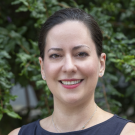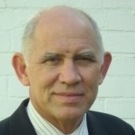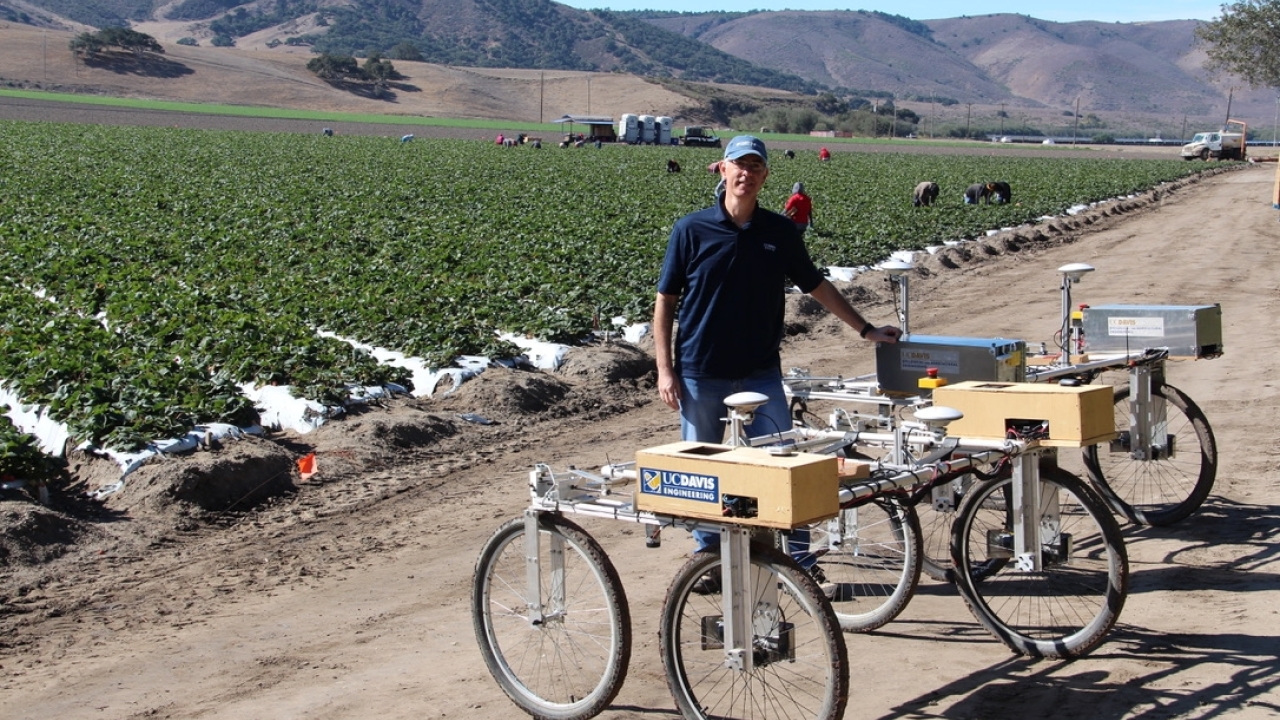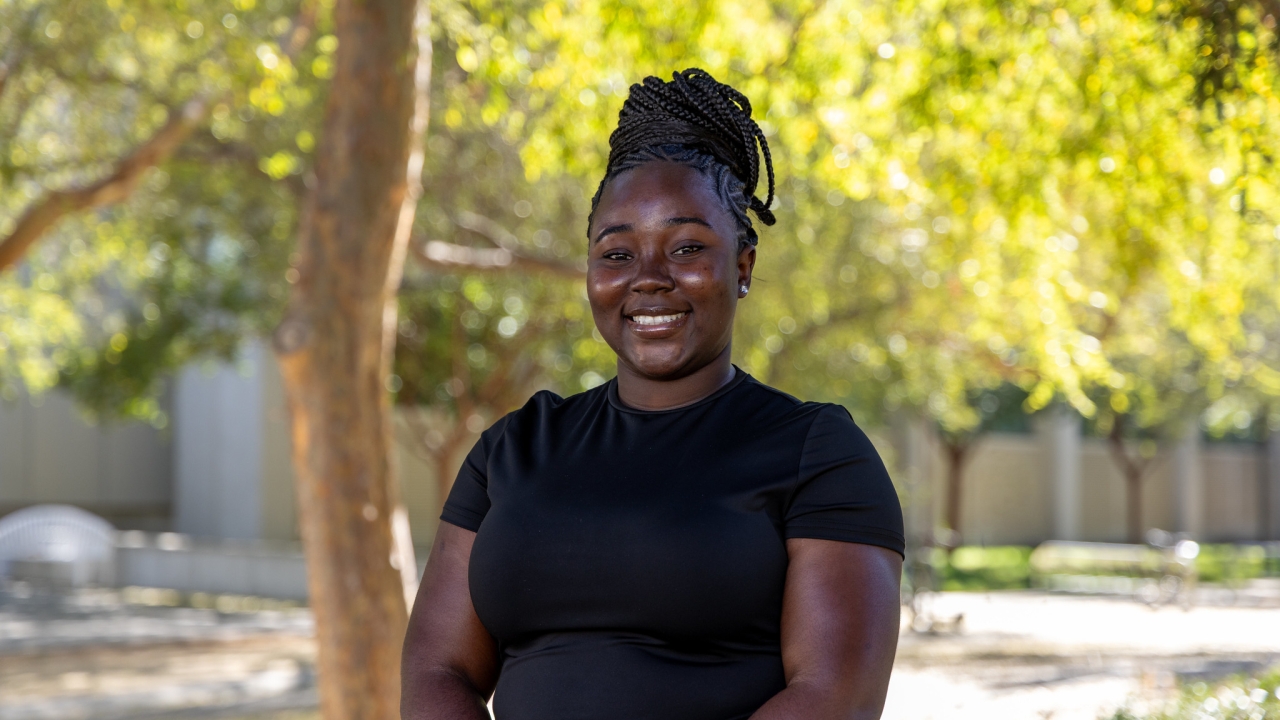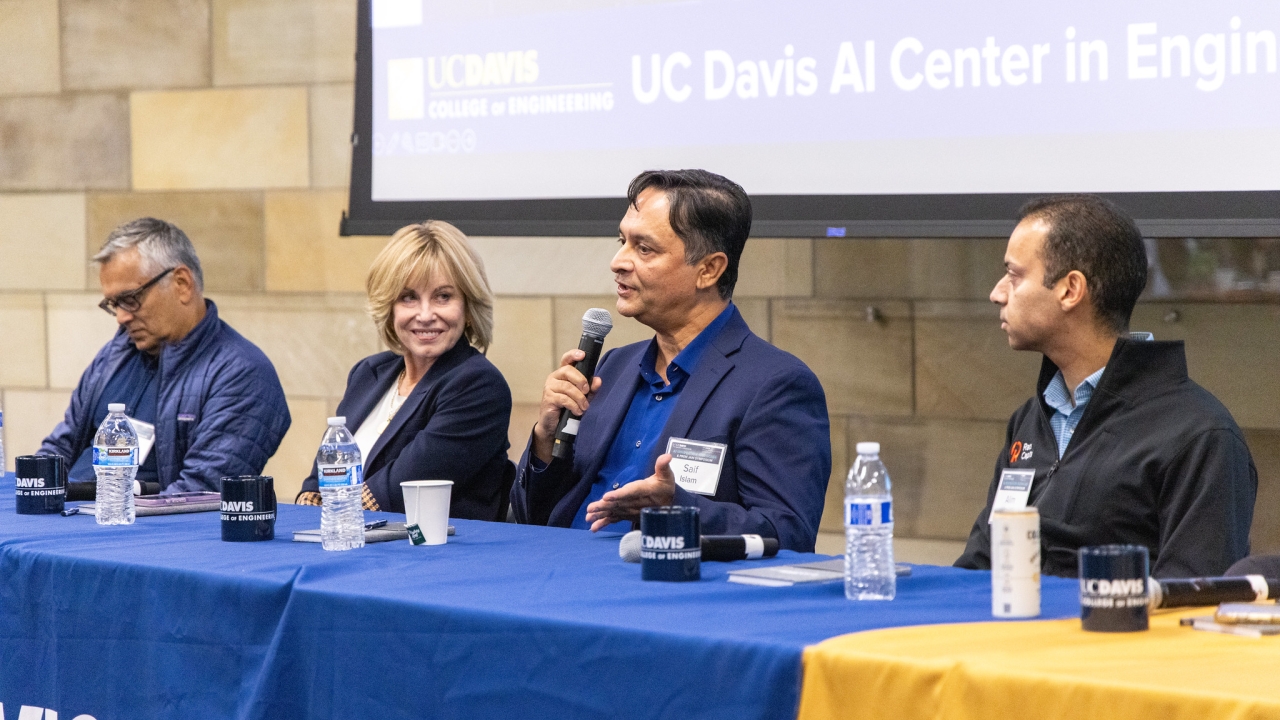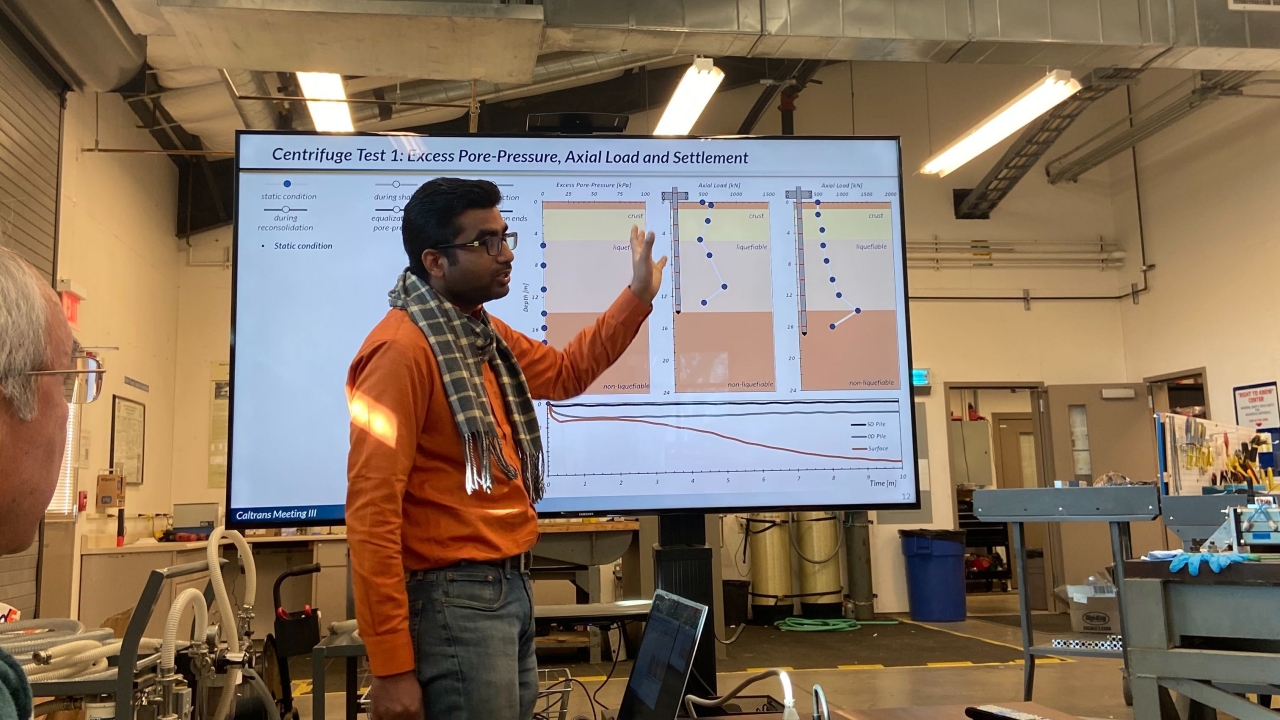
2024 Best Doctoral Dissertation Advances Geotechnical Earthquake Engineering, Seismic Design
Sumeet Kumar Sinha is this year's recipient of the University of California, Davis, College of Engineering Zuhair A. Munir Award for Best Doctoral Dissertation. The award recognizes the methods, findings and significance of Sinha's research, which featured several first-of-its-kind approaches and analyses in the field of geotechnical earthquake engineering and is actively informing seismic design practices.
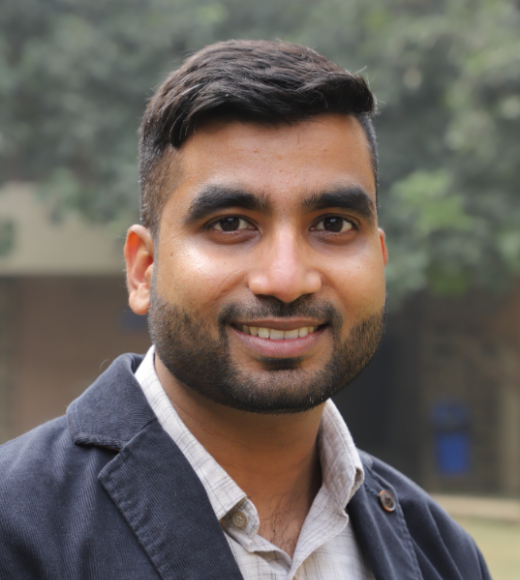
The college established the annual award in 1999 in honor of Zuhair A. Munir, the former dean of engineering who led the college from 2000 to 2002 and acted as associate dean for graduate studies for 20 years. The award recognizes a doctoral student, their exemplary research and the mentorship of their major professor.
A two-time Aggie alum, Sinha received his master's degree in 2017 and Ph.D. in 2022 from the Department of Civil and Environmental Engineering, where he was mentored by Associate Professor Katerina Ziotopoulou and Professor Emeritus Bruce Kutter. He is now an assistant professor in the Department of Civil Engineering at the Indian Institute of Technology Delhi and co-founder of BrahmaSens, a startup that specializes in the development of sensing technologies and solutions for application in various sectors including health-monitoring of civil infrastructures.
"It's really a special honor to get this [award]," said Sinha. "It acknowledges both the depth and significance of the research I conducted during my Ph.D."
Sinha's dissertation is of notable significance in California, where agencies like the Department of Transportation, or Caltrans, which funded his research, are eager to identify improved design methods in seismically active regions of the state.
In "Liquefaction-Induced Downdrag on Piles: Centrifuge and Numerical Modeling, and Design Procedures," Sinha focuses on the effects of earthquakes on deep foundations, like piles, in soils that can liquefy. Liquefaction occurs when wet sand-like soils lose their strength due to increased pore water pressure during earthquake shaking. This causes the soil to behave like a liquid, leading to significant ground deformations.
After the shaking stops, the soil slowly regains its strength as the water drains out, but this settling and densifying process, called reconsolidation, can drag down piles downward. Additional downdrag loads have not always been properly accounted for in conventional design.
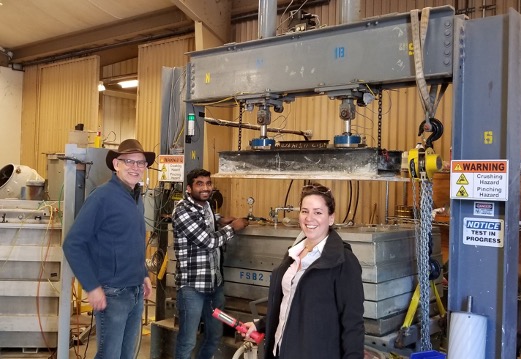
Through centrifuge model tests at the UC Davis Center for Geotechnical Modeling, Sinha developed numerical models to evaluate scenarios. His findings include procedures for accurately estimating downdrag loads and the corresponding demands on pile foundations, as well as practical methods to design bridges in a more efficient and economical way.
"Dr. Sinha's methods, approaches, documentation, results and overall findings have been, by any standards, novel and meticulous," said Ziotopoulou in her nomination letter. "His research represents a significant and original contribution to the field of geotechnical earthquake engineering, and his findings have already been implemented into practice by major design firms."
Sinha's research was recognized with a DesignSafe Dataset Award, an Editor's Choice in his field's top journal and the Michael Condon Scholarship from the Deep Foundations Institute. He has published seven papers in peer-reviewed journals.
Of perhaps greater meaning to Sinha is making improvements in the design codes to make them more informed, feasible, economical, resilient and sustainable through the complete understanding of the mechanism obtained through his findings from experiments, developed numerical models and design procedures, which are available publicly via platforms such as GitHub and DesignSafe.
"My philosophy has always been to convert whatever I'm doing into a product, a tool which has a wider impact," explained Sinha. "During my Ph.D., I tried to go beyond the deliverables so that I maximize the impact of [my research]."
Sinha is grateful for his mentors' and peers' influence and support during the five-year Ph.D. program at UC Davis.
"I have learned a lot from [Professors Katerina Ziotopoulou and Bruce Kutter] academically as well as professionally," said Sinha. "The Geotechnical Graduate Student Society also had a very important role in my overall experience at UC Davis."

